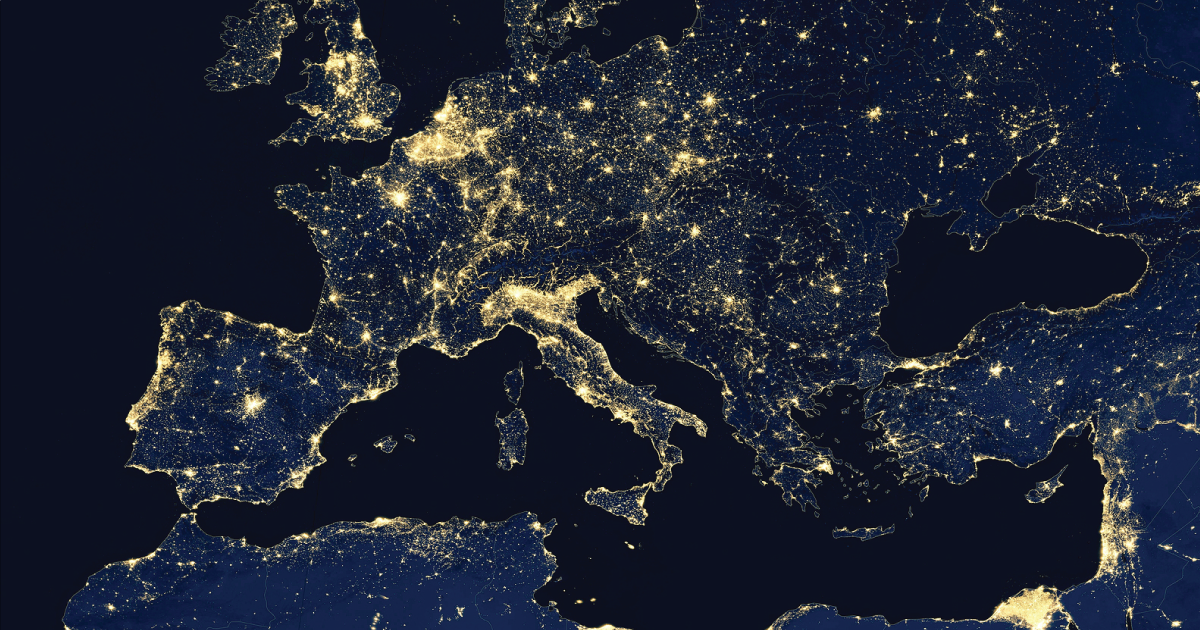
Is SARS-CoV-2 Everywhere?
According to a November 16, 2020, report by Food Safety News,1 a Chinese investigation has revealed SARS-CoV-2 is present on many imported food products and packaging, and it’s far from a solitary incidence.
December 22, 2020 | Source: Mercola.com | by Dr. Joseph Mercola
According to a November 16, 2020, report by Food Safety News,1 a Chinese investigation has revealed SARS-CoV-2 is present on many imported food products and packaging, and it’s far from a solitary incidence.
“Recent reports include detection of coronavirus on packages of shrimp from Saudi Arabia, fish from India, beef from Brazil and Argentina, and pork from Germany,” Food Safety News writes, adding:2
“The National Service of Agri-Food Health and Quality (SENASA) in Argentina said it was the first time there had been such an incident in products from the country since the pandemic began and it was investigating.
The shipment had entered through the port of Shanghai. On Nov. 9, part of it was transferred to a cold store in Nanjing City, the capital of Jiangsu. On Nov. 10, prior to release to the market, Nanjing authorities tested the product and detected nucleic acid on the outer packaging.”
Norwegian salmon, Brazilian chicken and Ecuadorian shrimp — either the food or its packaging — have also tested positive for SARS-CoV-2. At least nine Chinese provinces have reported finding SARS-CoV-2 RNA in frozen imported food since July 2020.
While the contamination has raised concerns, the International Commission for Microbiological Specifications of Foods (ICMSF) has stated the virus is unlikely to pose a food safety risk, noting that “the mere presence of an infectious agent in a food does not necessarily translate into human infection.”3
SARS-CoV-2 May Hitch Ride on Air Pollution
SARS-CoV-2 has also been found on particles of air pollution. According to The Guardian,4 scientists are investigating to determine whether the virus might be able to spread over long distances this way. It’s still unknown whether the virus can remain viable if hitching a ride on particles of pollution, or whether this route would distribute sufficient quantities to actually make someone sick if they inhaled it. According to The Guardian:5
“Italian scientists used standard techniques to collect outdoor air pollution samples at one urban and one industrial site in Bergamo province and identified a gene highly specific to COVID-19 in multiple samples. The detection was confirmed by blind testing at an independent laboratory …
A statistical analysis6,7 by Setti’s team suggests higher levels of particle pollution could explain higher rates of infection in parts of northern Italy before a lockdown was imposed, an idea supported by another preliminary analysis.8 The region is one of the most polluted in Europe.
The potential role of air pollution particles is linked to the broader question of how the coronavirus is transmitted. Large virus-laden droplets from infected people’s coughs and sneezes fall to the ground within a meter or two. But much smaller droplets, less than 5 microns in diameter, can remain in the air for minutes to hours and travel further …
Researchers say the importance of potential airborne transmission, and the possible boosting role of pollution particles, mean it must not be ruled out without evidence.”
